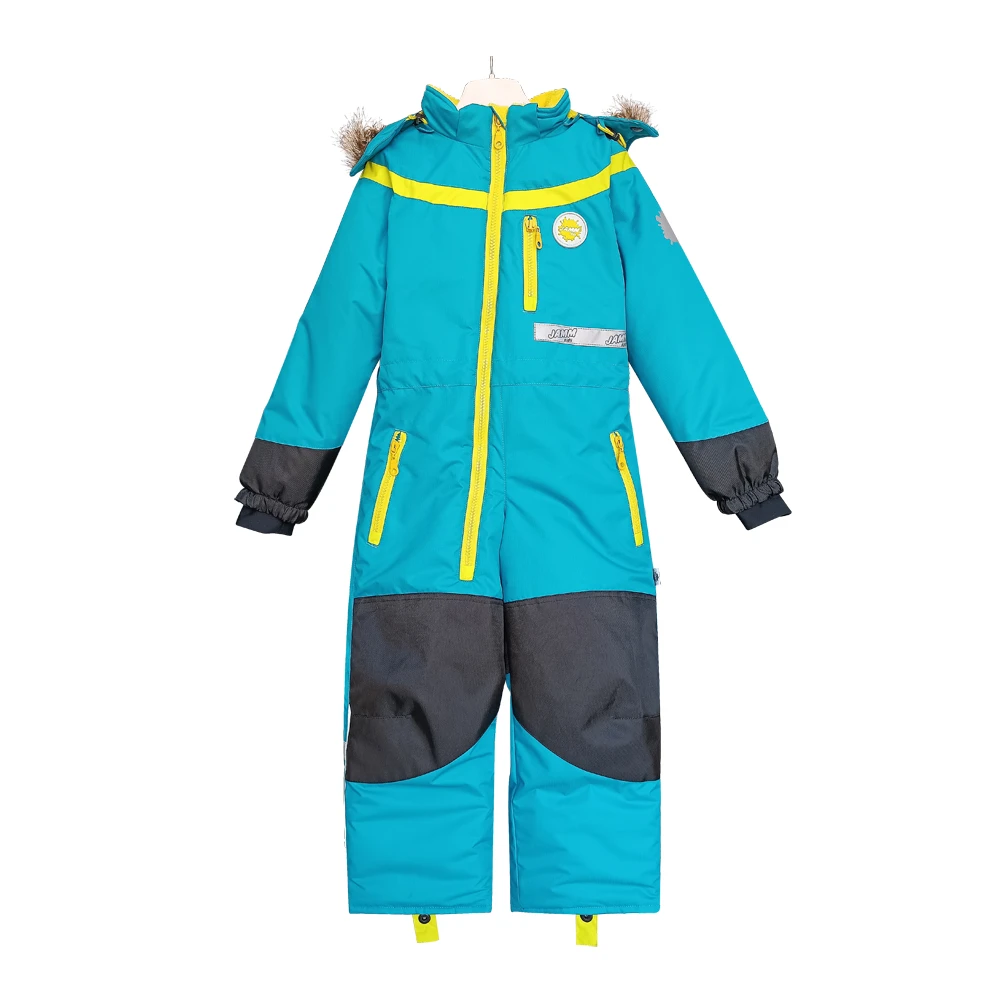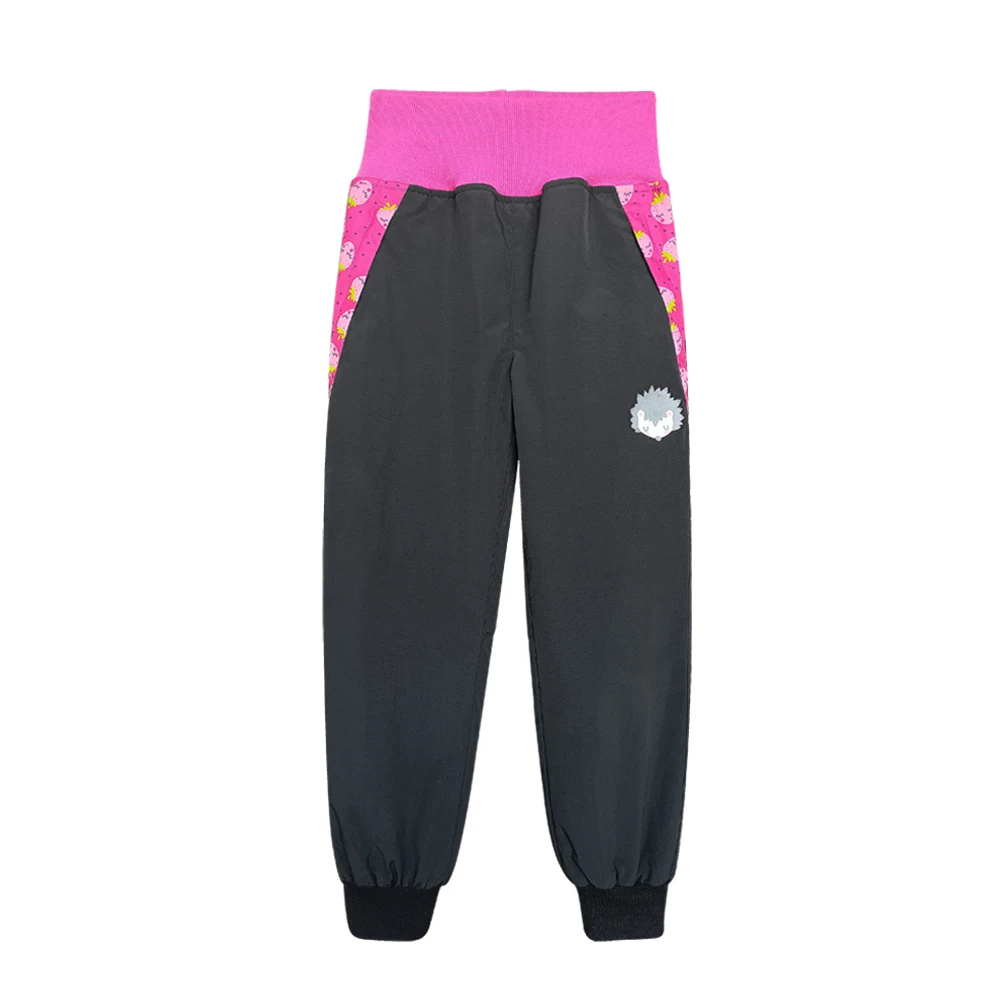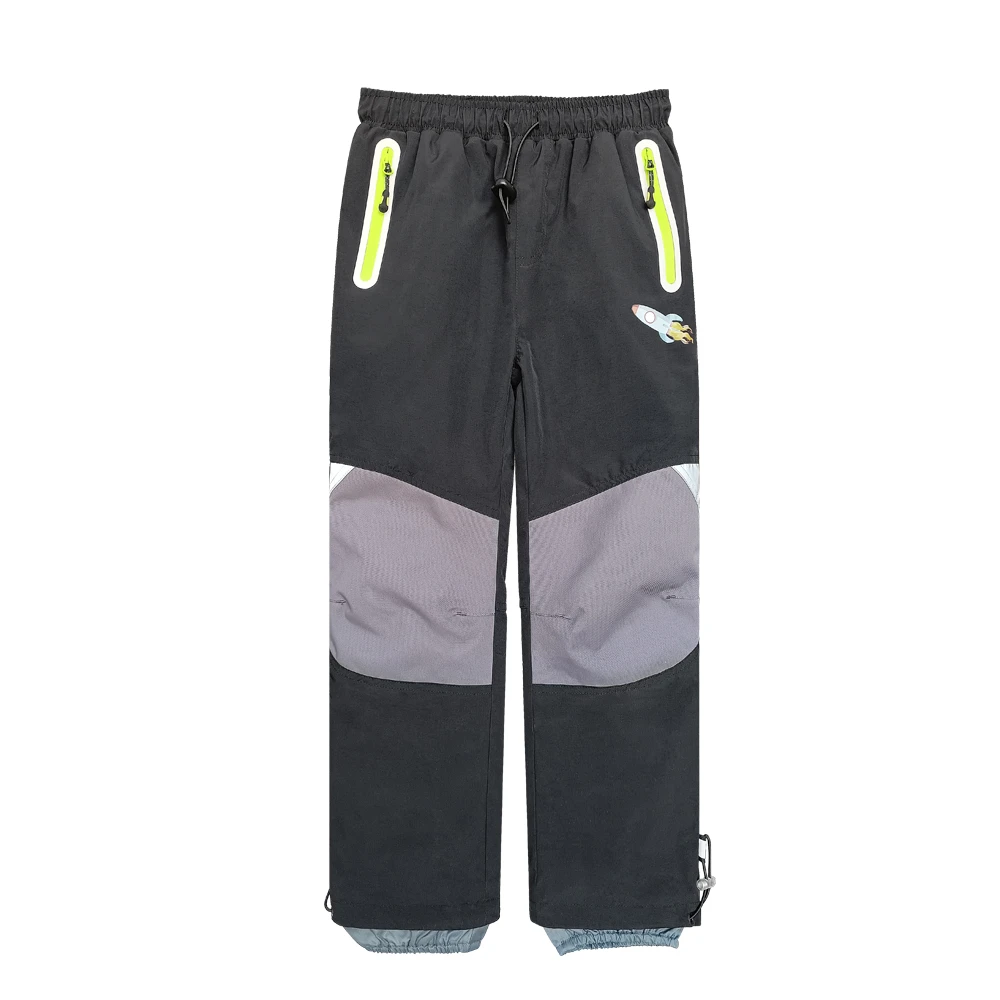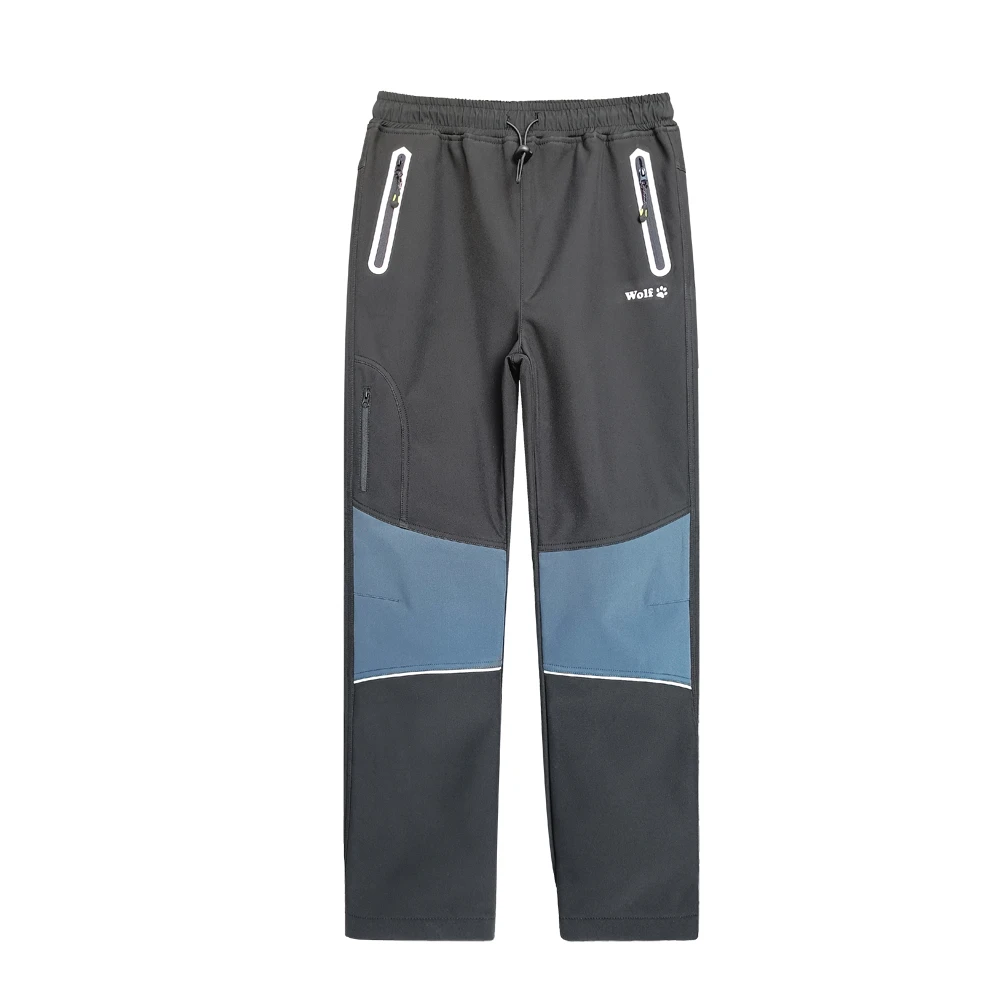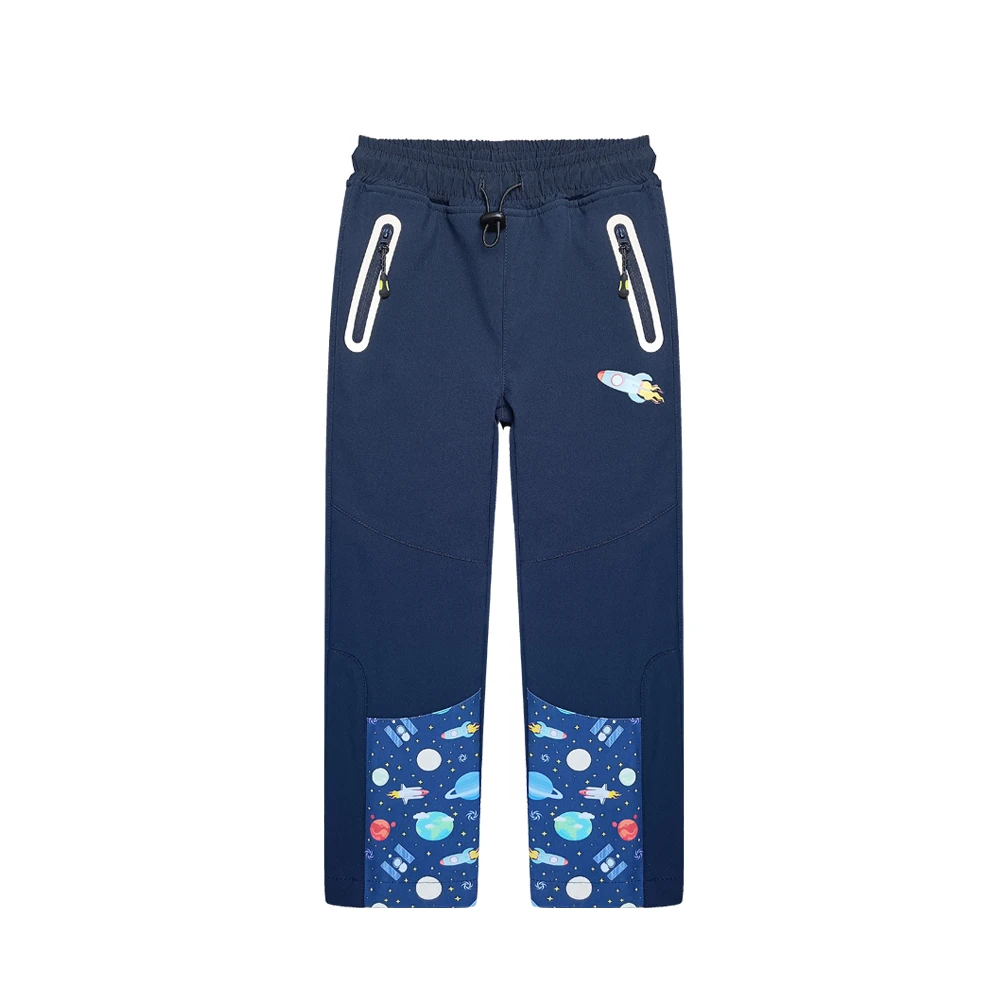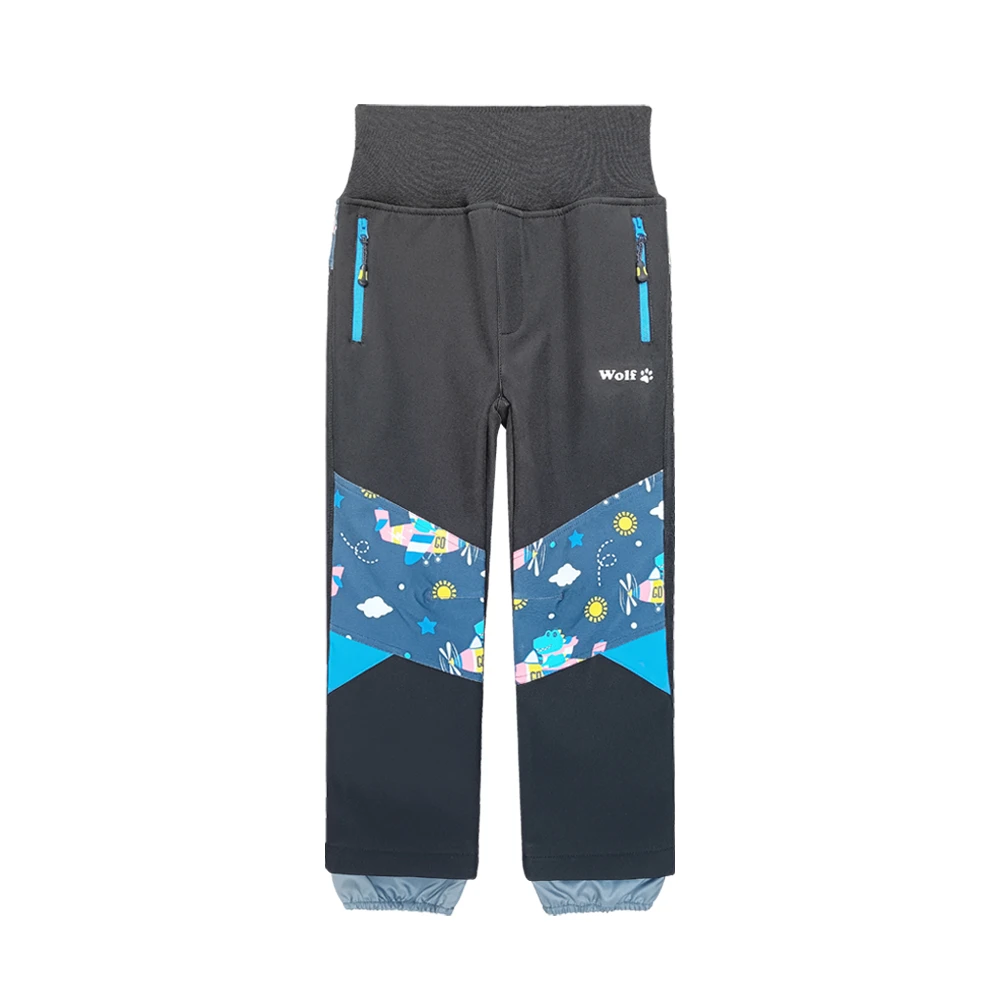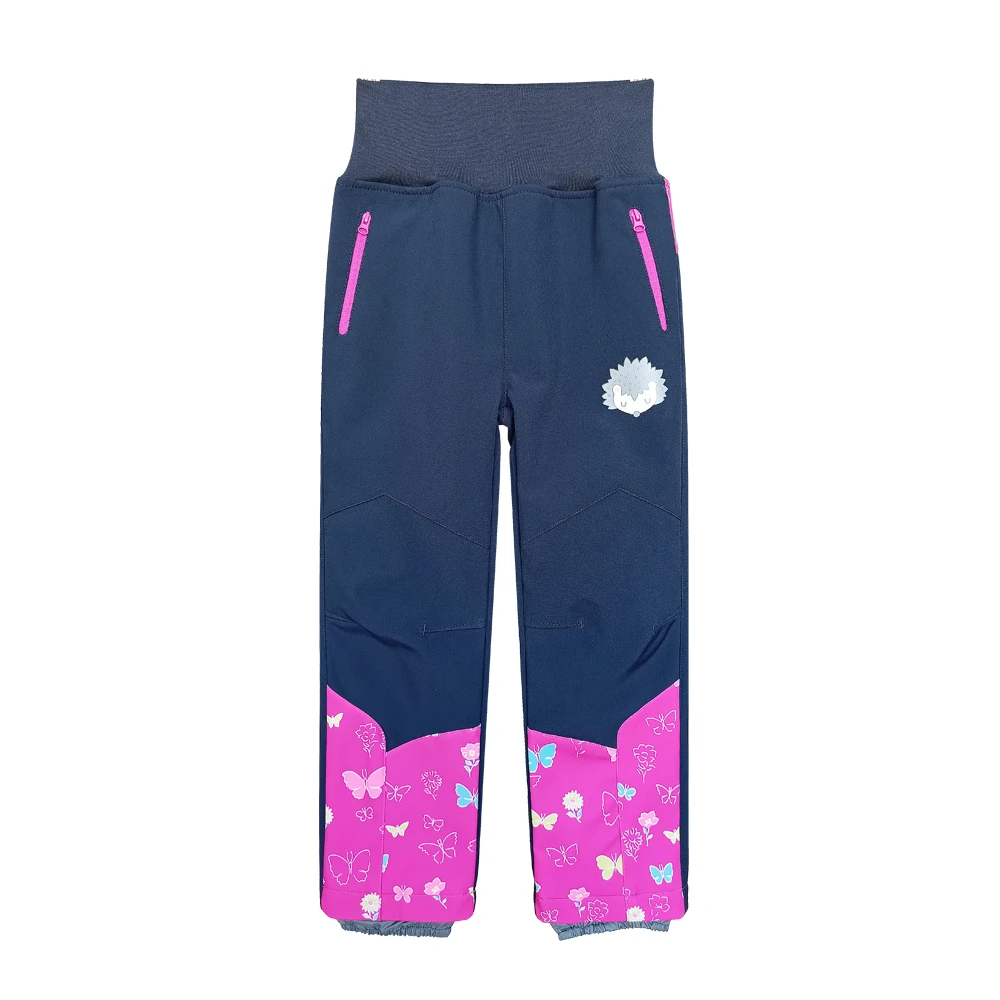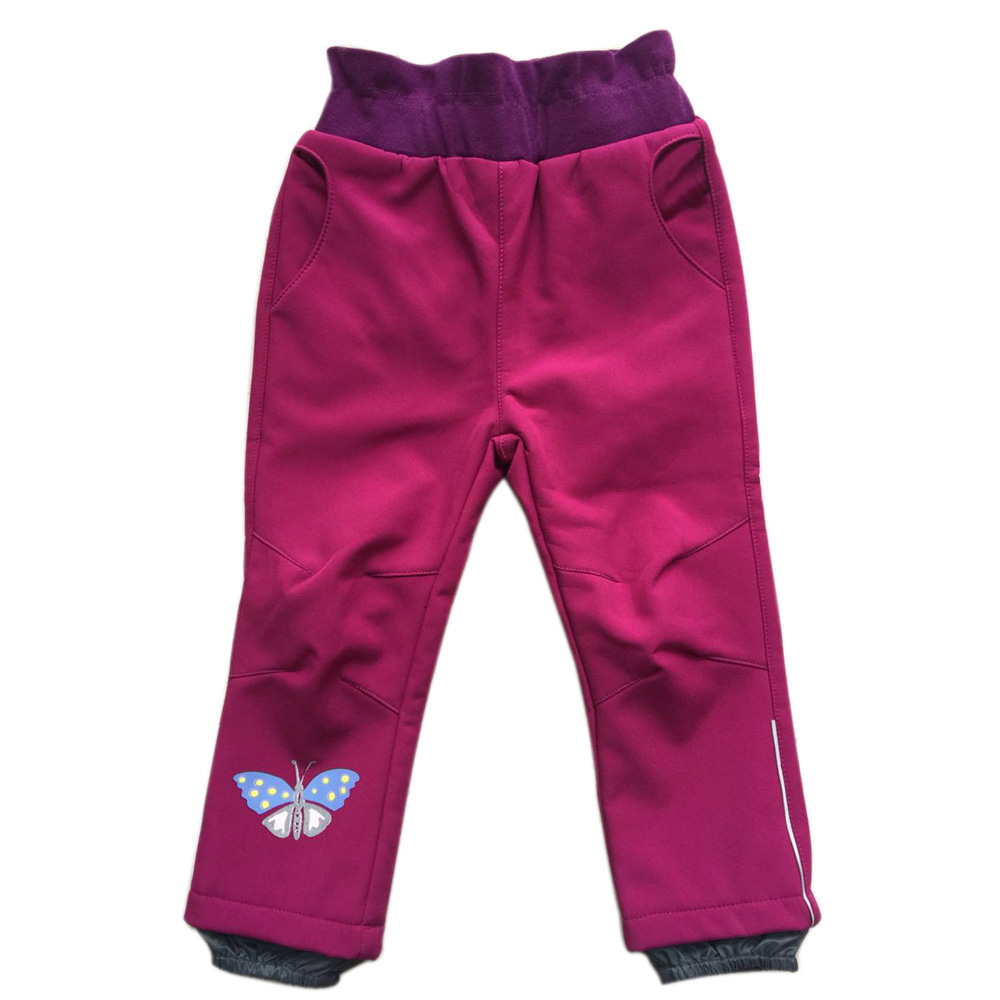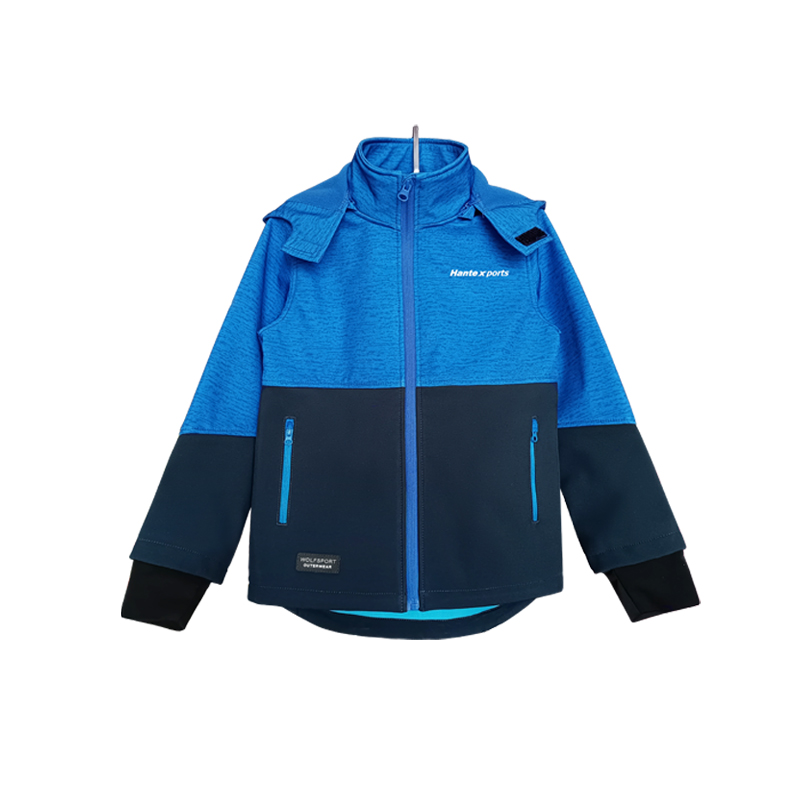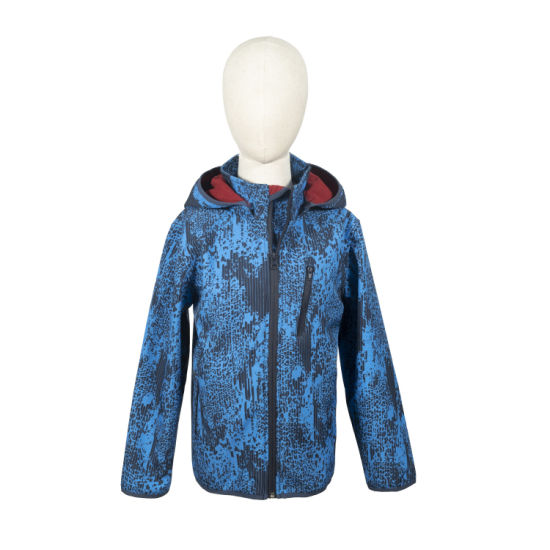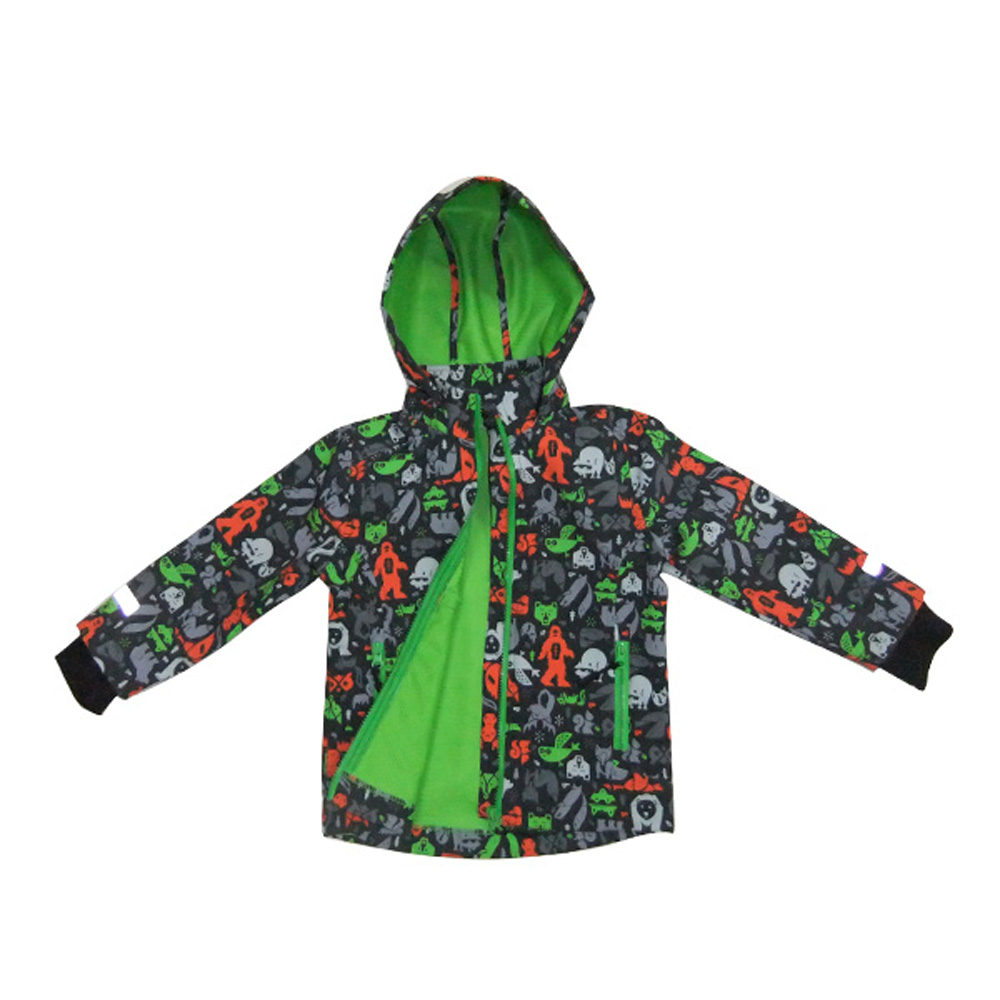What’s the Fuss About Junior Sportswear? Why It’s More Than Just Clothes for Kids
Let’s start simple: junior sportswear refers to athletic clothing designed specifically for children and teenagers. But why does it matter globally? Well, think about the millions of kids who move through school playgrounds, sports tournaments, and community games worldwide. The clothes they wear don’t just affect their style; they impact comfort, safety, and even motivation to stay active — key components for healthy childhood development. Understanding junior sportswear means addressing challenges like performance, durability, affordability, and sustainability simultaneously, a balancing act that's more important than many realize.
Global Snapshot: The Bigger Picture of Junior Sportswear
The junior sportswear industry is a multi-billion-dollar affair that ripples across continents. According to data from the United Nations and the World Bank, global youth populations are expected to grow steadily through 2030, particularly in Asia and Africa. This demographic shift translates into increased demand for functional and affordable athletic gear.1 But here’s the catch: many regions struggle with the availability of quality junior sportswear that fits diverse climates and resources. Fast fashion and low-cost imports flood markets, but often at the expense of durability, environmental impact, and sometimes safety. So the challenge is how to produce sportswear that suits active juniors' needs worldwide without sacrificing ethics or quality.
Mini takeaway: Junior sportswear isn’t just a niche market — it’s a global movement intersecting youth culture, health, and sustainability.
Defining Junior Sportswear: More Than Just Miniature Adult Clothes
So, what makes junior sportswear unique? Simply put, it’s athletic apparel customized for younger age groups, usually between 4 and 16 years. That means considerations like smaller sizing scales, ease of movement, and materials safe for sensitive skin. Unlike adult sportswear, juniors’ versions often factor in growth spurts and varying stages of physical activity. Additionally, junior sportswear overlaps with educational and humanitarian sectors — for example, sportswear initiatives in refugee camps or school programs that blend durability with affordability.
Core Ingredients: What Makes Good Junior Sportswear Tick?
1. Comfort & Fit
Kids are notoriously harsh critics. Ill-fitting gear ends up crumpled in a drawer. The best junior sportswear balances snugness with freedom, incorporating adjustable features and stretch fabrics for growth.
2. Durability
Active kids can be rough on their clothes — think mud, falls, and multiple laundry cycles. Fabric strength and reinforced seams can make all the difference.
3. Breathability & Moisture Management
The technical fabrics used in junior sportswear should wick moisture and allow skin to breathe, preventing rashes or discomfort during play.
4. Safety
This might be overlooked, but reflective strips for dusk runs, non-toxic dyes, and allergen-free components are crucial factors.
5. Sustainability
With growing awareness of climate impact, many brands now incorporate recycled fabrics or eco-friendly production practices.
6. Style & Trend Awareness
Let’s face it: kids want to look cool. The color schemes and designs matter — and that can positively influence their enthusiasm for sports.
Mini takeaway: Good junior sportswear is a recipe blending function, safety, and a bit of fun.
Junior Sportswear Around the World: Real-Life Applications
From community programs in Canada to school sports leagues in Brazil, junior sportswear plays a pivotal role in youth engagement. Take, for instance, disaster relief zones in Southeast Asia, where organizations supply basic but durable sportswear to displaced children, allowing some normalcy through physical activity.2 Meanwhile, in temperate climates like northern Europe, junior sportswear is often layered for outdoor winter sports, emphasizing thermal insulation without bulk. Even in industrial zones where kids may experience limited outdoor space, specially designed junior sportswear facilitates indoor physical education that promotes wellness.
Advantages & Why Investing in Quality Junior Sportswear Pays Off
- Cost Efficiency: Durable clothing reduces frequent replacements.
- Emotional Well-being: Comfortable apparel boosts kids' confidence and willingness to participate.
- Sustainability: Environmentally responsible materials help safeguard future playgrounds and parks.
- Safety and Functionality: Technical features protect kids during active play.
Frankly, quality junior sportswear reflects a commitment to nurturing young bodies and minds — the foundation of healthier generations.
Junior Sportswear Specification Snapshot
| Specification | Typical Value | Comments |
|---|---|---|
| Sizes | 4-16 years / XS to XL | Accommodates growth spurts and various age groups |
| Fabric Types | Polyester blends, Organic cotton, Recycled materials | Focus on breathability & eco-friendliness |
| Weight | 120-220 gsm | Lightweight for ease of movement |
| Reflective Features | Standard on most outdoor products | Enhances visibility during low light conditions |
| Washing Durability | 30+ washes without color fade | Important for cost-efficiency and hygiene |
Comparing the Top-Off Junior Sportswear Vendors
| Brand | Eco-Friendliness | Price Range | Special Features |
|---|---|---|---|
| ActiveYouth Co. | High (organic & recycled fabrics) | $$$ (premium) | Adjustable sizing, moisture wicking |
| KidStride Sportswear | Medium (partial recycled content) | $$ (mid-range) | Reflective stripes, machine washable |
| PlayPro Juniors | Low (mainly synthetic fabrics) | $ (budget) | Bright colors, durable seams |
The Road Ahead: Innovations in Junior Sportswear
I’ve noticed a definite uptick in brands adopting sustainable fabrics — think bamboo blends and recycled polyester — that don’t sacrifice performance. Beyond fabrics, advances in smart textiles mean juniors might one day wear clothes that monitor heart rate or hydration levels during practice. Some companies are integrating biodegradable materials, so the inevitable worn-out gear doesn’t just sit in landfill dark corners. Plus, digital platforms are enabling kids and parents to custom-design sportswear that fits personal style and needs. It’s honestly quite exciting.
Bumps in the Road: Challenges and How the Industry Tackles Them
No industry is perfect. The junior sportswear market often wrestles with balancing low prices and high quality, especially when kids outgrow clothes so fast. Plus, varying regional climates call for flexible designs — you can’t just make one product and expect it to work in both the tropics and Scandinavia. Supply chain disruptions also throw a wrench into sustainable sourcing efforts. Still, many vendors are collaborating with NGOs and local organizations to co-develop adaptable, durable sportswear solutions that check multiple boxes.
FAQs About Junior Sportswear
- Q: How do I choose the right size for my child’s junior sportswear?
- A: It's best to check the brand’s specific sizing charts because juniors can vary widely. Look for adjustable features like elastic waistbands or Velcro fasteners that allow room for growth.
- Q: Why should I prioritize sustainability when buying junior sportswear?
- A: Sustainable materials reduce environmental impact and often mean fewer harmful chemicals, which is safer for kids’ sensitive skin. Plus, they help preserve the parks and playing fields they'll enjoy tomorrow.
- Q: Can junior sportswear be machine washed regularly without damage?
- A: Quality junior sportswear is designed to withstand frequent washes — usually 30+ cycles — without losing color or shape. Be sure to follow care labels to maximize lifespan.
- Q: Are reflective elements on junior sportswear necessary?
- A: Absolutely, especially for outdoor evening or early morning activities. Reflective strips improve visibility and safety significantly.
Wrapping Up: Why Junior Sportswear Deserves Our Attention
Junior sportswear isn’t just about jerseys and shorts — it’s an important facet of youth development, global sustainability efforts, and the sports industry at large. Investing in well-designed, safe, and responsible junior apparel nurtures healthier kids today and a healthier planet tomorrow. For those looking to explore or outfit young athletes, swing by junior sportswear solutions that blend innovation with care.
